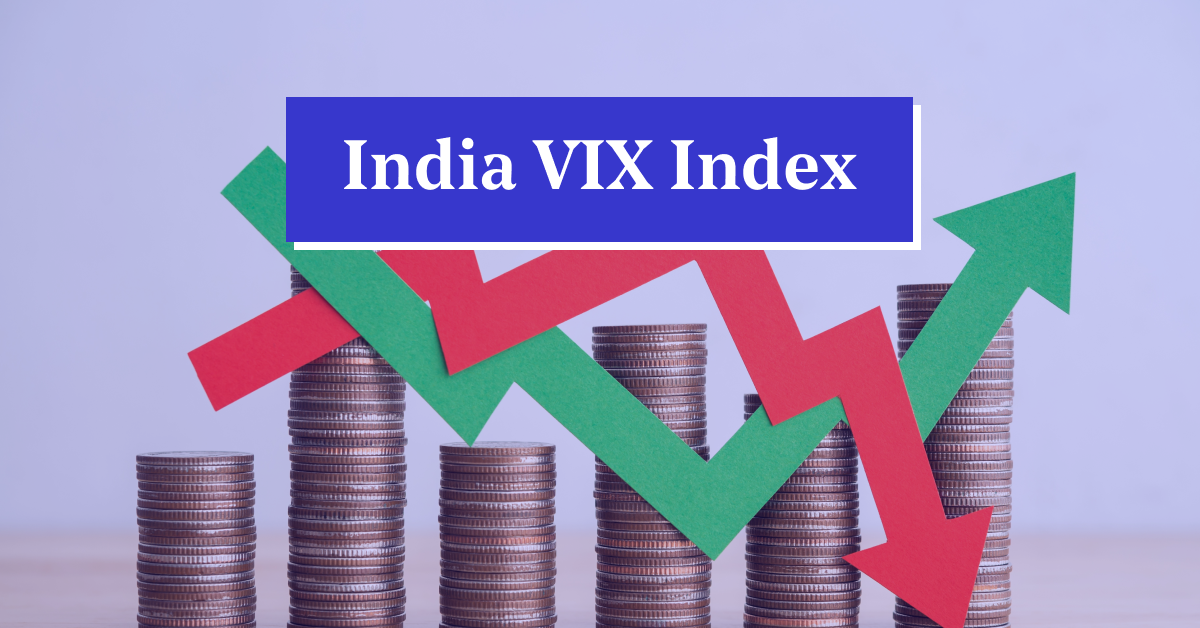Every trader and investor who participates in the Indian market needs to know the index called india vix. Overall, this volatility indicator offers relevant information regarding the mood of the market and potential changes in prices. Knowing the India VIX may help you make better judgments while investing, regardless of your experience level in the market. Let’s examine five crucial facets of this significant industry metric.
1. What is the India VIX?
India VIX is the volatility index which measures the real time market expectation of volatility within the near future. In order to calculate it, the implied volatility of the NIFTY index options is employed. Consider it as the stock market’s thermometer; a rise signifies greater uncertainty as well as the possibility of more significant price swings. On the other hand, declining VIX indicates more relaxed market conditions. Comprehending this fundamental idea is essential to determining the state of the market.
2. How is the India VIX Calculated?
Although there are intricate mathematical procedures involved in the precise computation of the India VIX, the overall concept is simple. It is calculated using the NIFTY index options prices, which represent traders’ projections of future market moves. The computation produces a single value that represents projected volatility by accounting for different option prices. This figure, which is given as a percentage, usually falls between the teen to the forties, however it may rise in periods of extremely volatile markets.
3. Interpreting VIX Levels
Utilizing this tool efficiently requires an understanding of how to analyze VIX levels. Specifically, the values below 20 are considered as low – that is, market conditions are usually rather calm. Those above 30 also show extreme fluctuation in relation to market stress and those between 20 and 30 show moderate levels of fluctuation. It is important however to always bear in mind that the above stated points are just mere recommendations. Thus, historical value as well as the current market conditions should be considered while evaluating the VIX.
4. The VIX as a Contrarian Indicator
The India VIX has an interesting feature: it may be used as a contrarian indicator. Very low VIX values may indicate market peaks, while extremely high ones frequently correspond with market bottoms. This is because excessive complacency (low VIX) can precede market corrections, but peak panic (high VIX) typically comes at the conclusion of a market downturn. But it’s important to keep in mind that the VIX should not be utilized as a timing tool by itself; rather, it works best when paired with other market data.
5. VIX and Portfolio Management
When it comes to managing your portfolio, the India VIX may be quite useful. Investors may want to think about hedging their positions or lowering their exposure to risky assets during times of extreme volatility. On the other hand, times of low volatility might offer chances to expand holdings or investigate assets with more risk along with higher return. Furthermore, some astute investors explicitly hedge against market volatility with VIX-based products; nonetheless, this calls for a thorough comprehension of these intricate instruments.
Conclusion
An effective instrument for assessing market mood as well as possible volatility is the India VIX. 5paisa Investors may obtain significant insights into the mood of the Indian share market today by understanding these five main aspects: its definition, calculation technique, interpretation, contrarian tendency, and function in portfolio management. Recall that even while the VIX is a helpful indicator, you should always combine it with other tools for market research and a well-thought-out investing plan.

